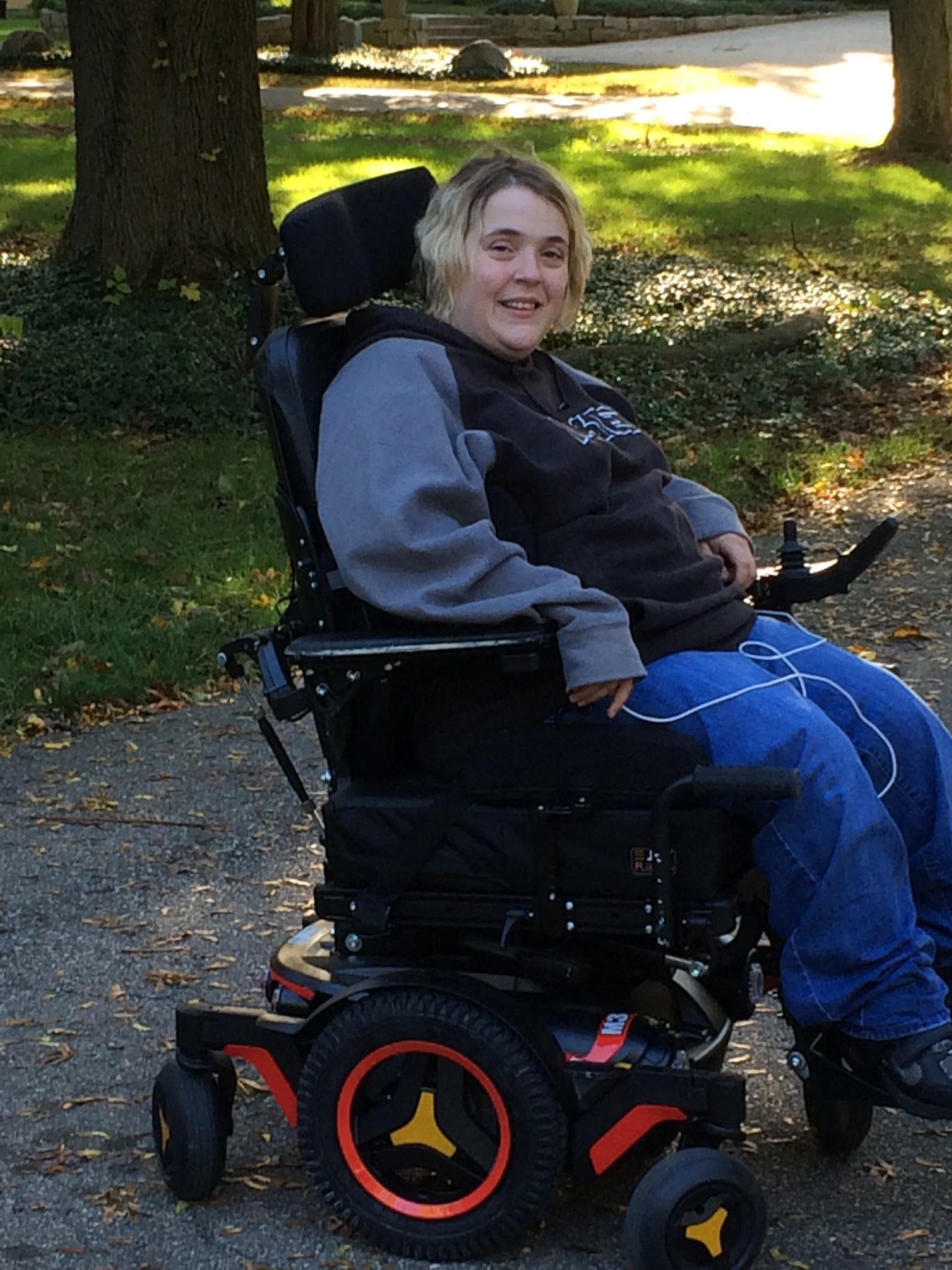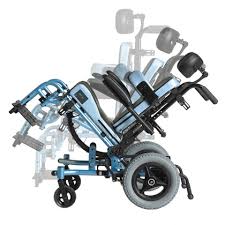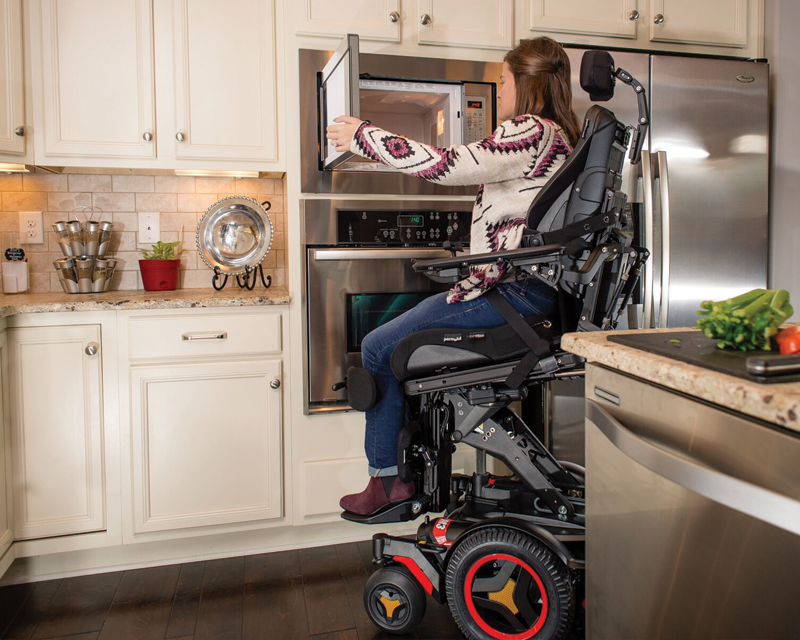Introducing: The Flash!
Tuesday, October 24, 2017

By MATP Staffer Laura Hall

Last week I got a new power wheelchair. It’s hard to explain to people who don’t use mobility devices, but getting a new wheelchair is like Christmas, Easter and your birthday all rolled into one. Way more exciting than a new car. Obtaining a new wheelchair is usually a long process. Typically you can only get a new chair every 5 years, and that’s assuming your prior chair is worn out and your seating needs have changed (from growth, etc.) It involves an individualized assessment, a mountain of paperwork, a pre-authorization process, and a ton of waiting as the insurance cogs slowly turn. Needless to say, delivery day is exciting.

My new wheelchair (also known as “The Flash” for it’s red and yellow design is a Permobil M3 It is a mid-wheel drive configuration, which gives me a tighter turning radius than my previous chair. This is helpful for getting around corners in my new home. The are other drive configurations, front wheel and rear wheel that have their benefits and drawbacks. People often tell me that my wheelchairs are fancy or have all the bells and whistles. My chair has a lot of features that allow me to change my positioning, but they’re certainly not luxurious or frivolous in any way. The tilt-in-space feature allows me to shift my body weight to prevent pressure sores. Pressure sores, once you have them, are serious and difficult to heal. It is also the way I transfer into the chair because it allows my hips to flex and slide back naturally. The other benefits of tilt-in-space functions have been well documented.

My chair also reclines, meaning the back only reclines, so I am able to stretch my hip flexors. Spending 16 hours+ in a wheelchair can cause contractures and shortening of the muscles if not stretched periodically during the day. To help with circulation and blood clots, the footrests also elevate out. There is a new feature on the Permobil M3 is called Active Reach, this feature is invaluable, as it tilts the seat up slightly and forward. This enables me to reach doorknobs, counters and lowers the seat a bit for easier transfers.
Finally, the Flash has a seat elevator that raises me up about 12 inches. I use this feature when I’m getting into bed, cooking, needing to reach something at the grocery store and even when I want to have a conversation eye-to-eye. People often don’t understand the importance of the seat elevator of having a conversation at eye level. There is a certain power dynamic that you feel when someone is looking down at you. Unfortunately, insurance doesn’t usually cover this feature, deeming it “not medically necessary”. This is a feature I will be paying for out of pocket for quite some time, but for me, it is absolutely necessary.
Wheelchairs that are custom fitted and have features like mine and called Complex Rehab Technology, meaning that they are not the type of wheelchairs you could buy as off the floor at a medical supply company. Unfortunately, insurance companies have steadily been lessening their coverage for equipment like mine as a cost containment measure. In particular, customised manual wheelchairs that have features like tilt and recline are at risk, as insurance companies are now calling extremely critical parts of wheelchairs “accessories” that are not medically necessary. The National Coalition for Assistive and Rehab Technology (NCART) is an organization of suppliers and manufacturers of Complex Rehab Technology working on legislation and policies to change and improve what is covered by insurance companies. In my previous work with this organization, they have stressed the importance of users of this type of technology telling their story to legislators. If you are interested in this type of advocacy, NCART would be a great place to start.
I am off to the races with my new sidekick the Flash. We hope to see you sometime….if you can catch us!

